NAD is one of the salient candidates in ageing research. The reason that makes NAD of great interest to scientists and entrepreneurs is its serviceable anti-ageing effects. Research continues to suggest that it is going to be "there" for a while.
What is NAD?
Nicotinamide adenine dinucleotide (NAD) is a coenzyme that is essential for many metabolic reactions in the cell. It is made up of two nucleotides, adenosine diphosphate (ADP) and nicotinamide adenine dinucleotide (NADP), which are joined together by a pyrophosphate bond.
NAD can exist in two forms: oxidized (NAD+) and reduced (NADH). NAD is involved in a variety of metabolic reactions, including glycolysis, the Krebs cycle, and the electron transport chain.
What is the function of NAD?
- This means NAD functions to convert nutrition into energy in the form of ATPs.
- Another aspect of its function is that it controls defensive genes to prevent ageing and diseases. NAD participates in oxidation-reduction reactions along with its hydrogenated form, NADH, passing electrons from one molecule to the other.
- It also drives sirtuins to moderate the rates of metabolism and sleep/wake cycles, both of which have direct links to the prevention of ageing.
- This molecule also helps repair DNA damage and maintain stable chromosomes, contributing to overall health and healthy ageing.
How is NAD related to ageing?
As we age, NAD levels start to decrease. It is reduced in several ways, such as by PARP, sirtuins, and the immune system. As age proceeds, DNA damage accumulates; this activates the enzyme PARP, which uses NAD+ to perform DNA repair, which results in NAD depletion. This depletion further causes inflammation and age-related diseases. Sirtuins are another class of enzymes that use NAD to maintain DNA stability. With age, sirtuins consume more NAD with increased DNA instability. The enzymes of our immune system also use NAD. The more inflammation, the more active the immune response, and the more NAD usage, the lower the NAD levels in the body.
Reduced levels of NAD are observed to be linked with disturbed metabolic conditions like obesity and insulin resistance. These conditions may result in high blood pressure or other heart function decline, which may send decline pressure to the brain, causing cognitive impairment. NAD decline contributes to the onset of age-related diseases. Targeting NAD+ metabolism in mouse models has shown promising results in a variety of disease conditions where age-related diseases have been shown to reverse
Role of NAD+ in various Health aspects
Nicotinamide adenine dinucleotide (NAD) is a coenzyme, essential for many biological processes, including energy production, DNA repair, and cell signaling. NAD levels decline with age, and this decline may contribute to age-related diseases such as cancer and neurodegenerative diseases.
NAD can be replenished through diet, exercise, and supplementation. Some studies have shown that NAD supplementation can improve cognitive function, reduce inflammation, and protect against cancer.
NAD+ in Mitochondrial Function
NAD+ helps to maintain mitochondrial function. Mitochondria are the powerhouses of cells, and they produce the energy that cells need to function. NAD+ helps to keep mitochondria healthy and functioning properly.
NAD+ in Oxidative Stress
Oxidative stress is a condition that occurs when there is an imbalance between the production of free radicals and the body's ability to remove them. Free radicals are unstable molecules that can damage cells and tissues. NAD+ helps to protect cells from oxidative stress by acting as an antioxidant.
NAD+ and Cardiovascular Health
Aging, obesity, and hypertension, each of which significantly contribute to the risk of cardiovascular disease. The replenishment of NAD+ has been shown to prolong healthspan, mitigate metabolic syndrome, and lower blood pressure. Enhancement of NAD+ levels has been found to ameliorate conditions such as atherosclerosis, ischemic, diabetic, arrhythmogenic, hypertrophic, or dilated cardiomyopathies, as well as various forms of heart failure.
NAD+ and Cellular Senescence
Cellular senescence is an additional biological mechanism of ageing characterized by malfunctioning cells that cease dividing but persist in the body instead of dying like ageing and damaged cells. Over time, these senescent cells accumulate and contribute to various negative effects associated with ageing. In contrast, when ageing and damaged cells expire, the immune system typically eliminates them from the body. Recent research has revealed that increasing NAD+ levels in elderly mice not only rejuvenated and protected muscle stem cells from senescence but also extended their overall lifespan.
NAD+ in Neurodegenerative Diseases
Neurological Health: NAD+ levels decline with age, contributing to age-related cognitive decline. NMN supplementation has shown promising results in animal studies, potentially improving cognitive function and protecting against neurodegenerative diseases.
DNA Repair and Sirtuin Activation
Another crucial aspect of NAD+ is its involvement in DNA repair mechanisms. NAD+ fuels the activity of sirtuins, a class of proteins that play a crucial role in DNA repair, gene regulation, and cellular stress response. By supporting the activity of sirtuins, NMN supplementation may help maintain genomic integrity and enhance the body's resilience to external stressors, potentially slowing down the ageing process.
NMN: Precursor of NAD+
Nicotinamide Adenine Dinucleotide (NAD+) is a vital coenzyme found in every living cell. It plays an indispensable role in energy metabolism, DNA repair, gene expression, and various other cellular processes. However, as we age, the levels of NAD+ in our bodies naturally decline, leading to a decline in cellular function and an increased susceptibility to age-related diseases.
NMN serves as a direct precursor to NAD+ and has emerged as a focal point of scientific investigation due to its potential to boost NAD+ levels. NMN is a naturally occurring molecule found in various food sources, such as vegetables, fruits, and dairy products. Once consumed, NMN is efficiently absorbed by the body and transported into cells, where it undergoes a series of enzymatic reactions to convert into NAD+.
By increasing NAD+ levels, NMN supplementation holds the promise of enhancing cellular function and mitigating age-related decline. NAD+ acts as a coenzyme in vital metabolic pathways, such as glycolysis and the tricarboxylic acid (TCA) cycle, facilitating the production of ATP, the energy currency of the cell. With optimal NAD+ levels, cells can efficiently generate energy, promoting overall vitality and well-being.
FAQs
What is NAD+ and why is it important for ageing?
NAD+ (nicotinamide adenine dinucleotide) is a coenzyme found in all living cells. It plays a vital role in energy production, DNA repair, and cellular health. As we age, NAD+ levels naturally decline, which may accelerate the ageing process and increase vulnerability to age-related diseases.
What causes NAD+ levels to decline with age?
NAD+ levels drop due to increased DNA damage, oxidative stress, and chronic inflammation. Enzymes like PARPs and sirtuins, which are activated during cellular stress and repair, consume NAD+ at higher rates in older individuals, contributing to this decline.
What is NMN and how does it relate to NAD+?
NMN is a direct precursor to NAD+. It is naturally found in foods like edamame, broccoli, cabbage, and avocado. When taken as a supplement, NMN is efficiently converted into NAD+ inside the body, helping restore cellular function and energy levels.











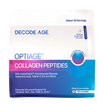







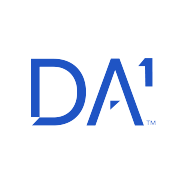

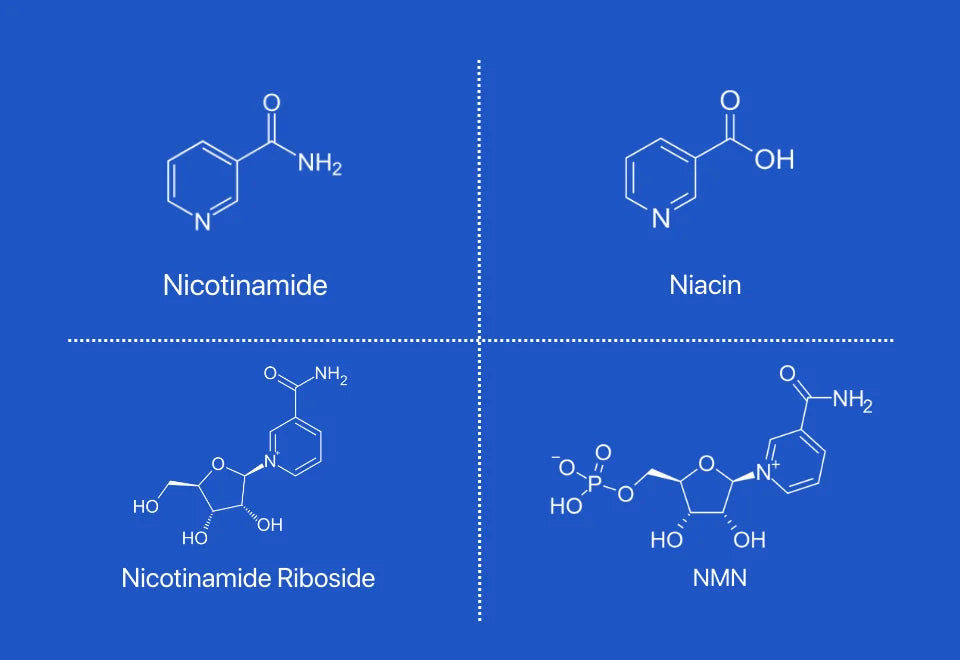
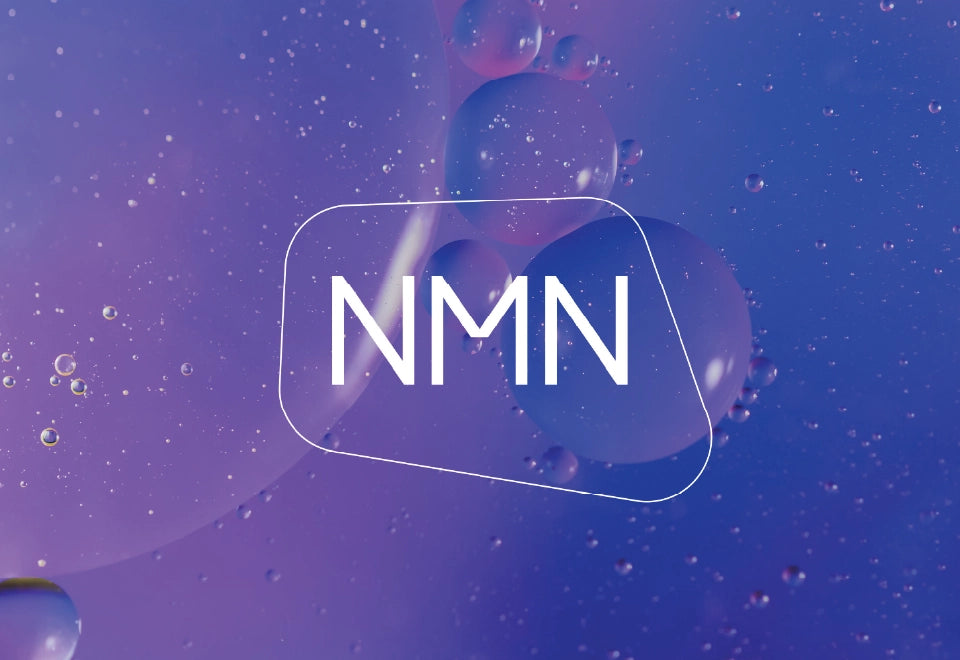
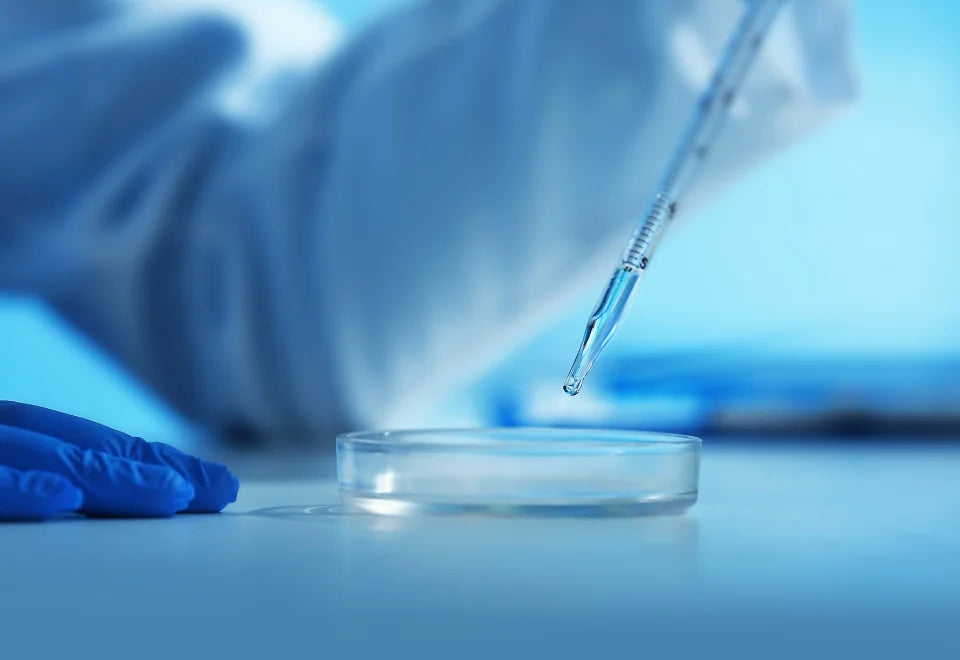

Leave a comment
All comments are moderated before being published.
This site is protected by hCaptcha and the hCaptcha Privacy Policy and Terms of Service apply.